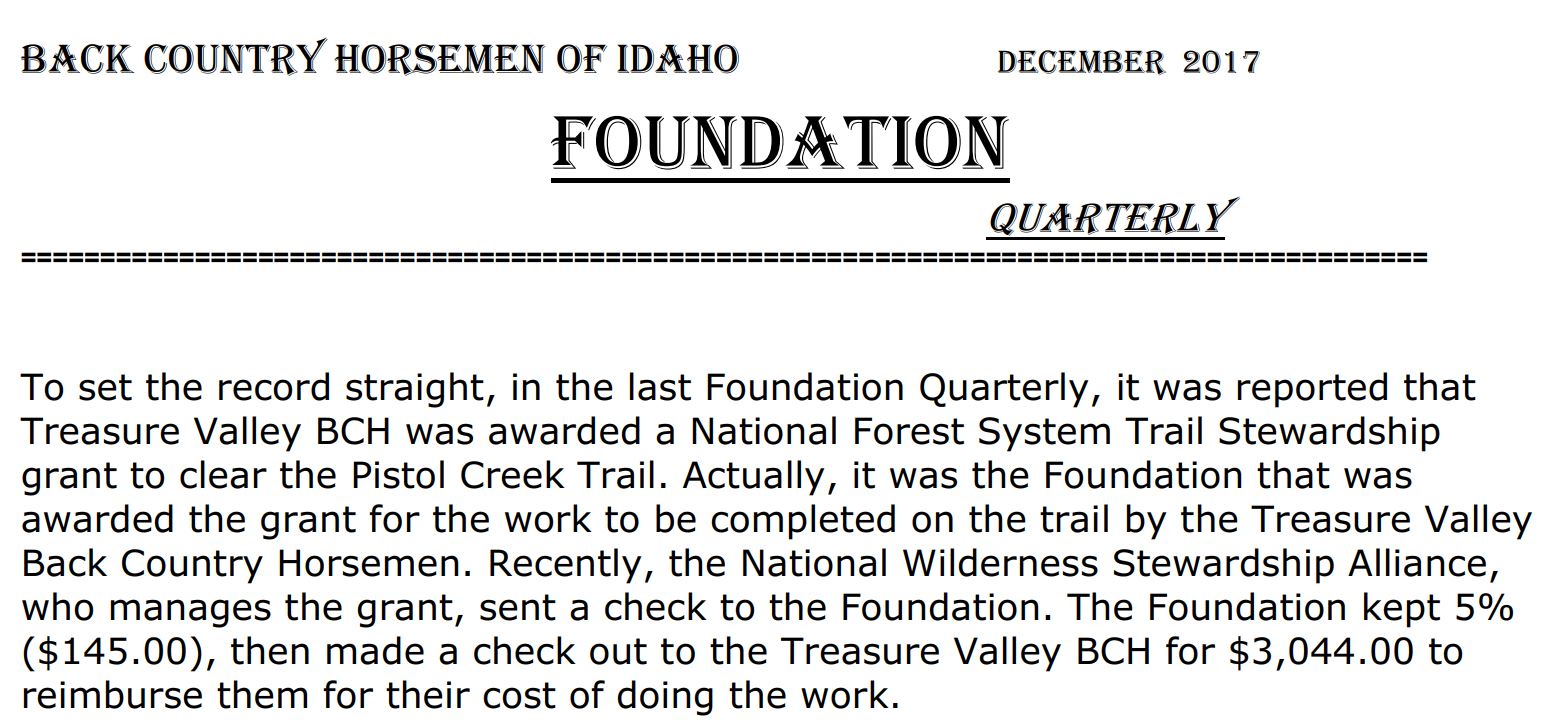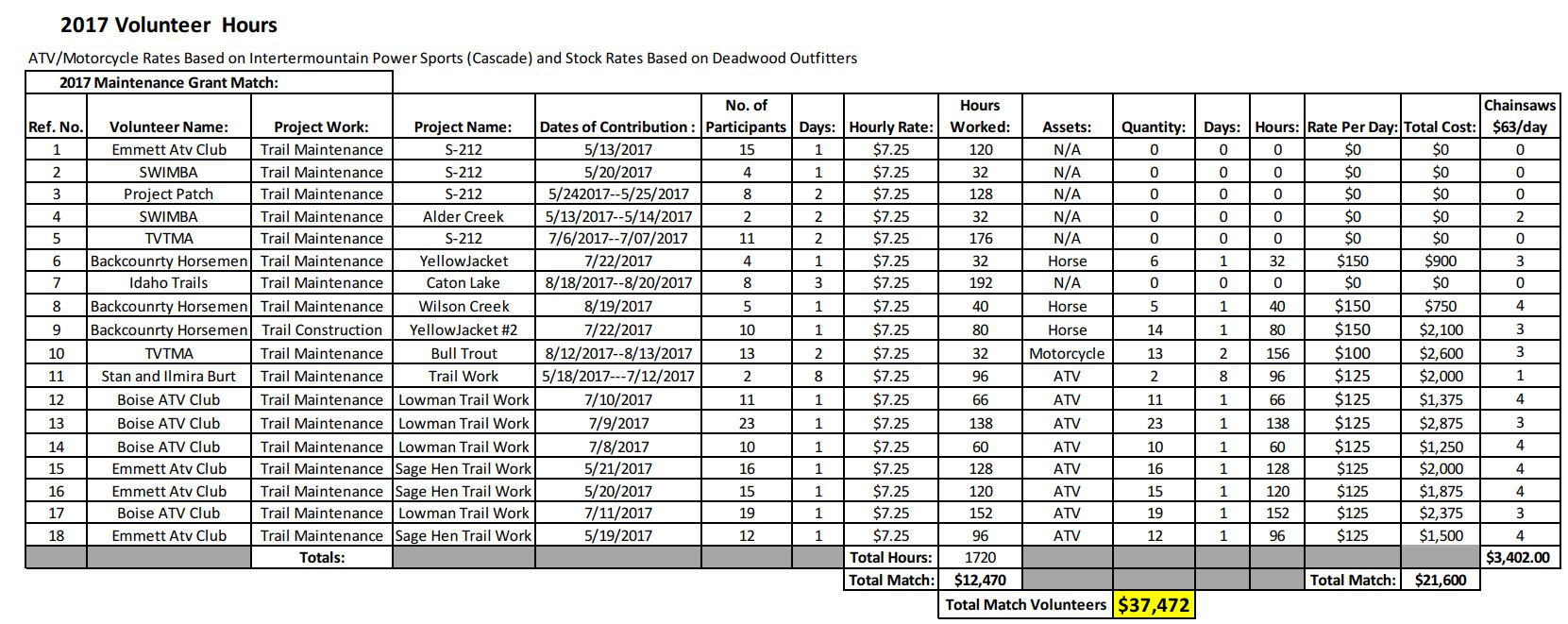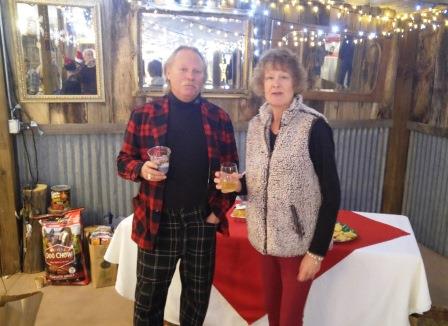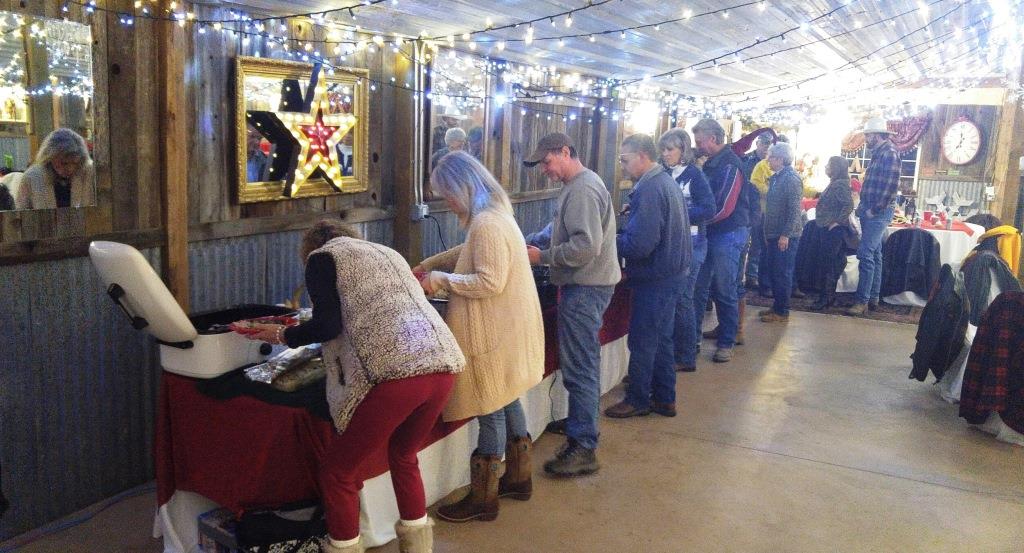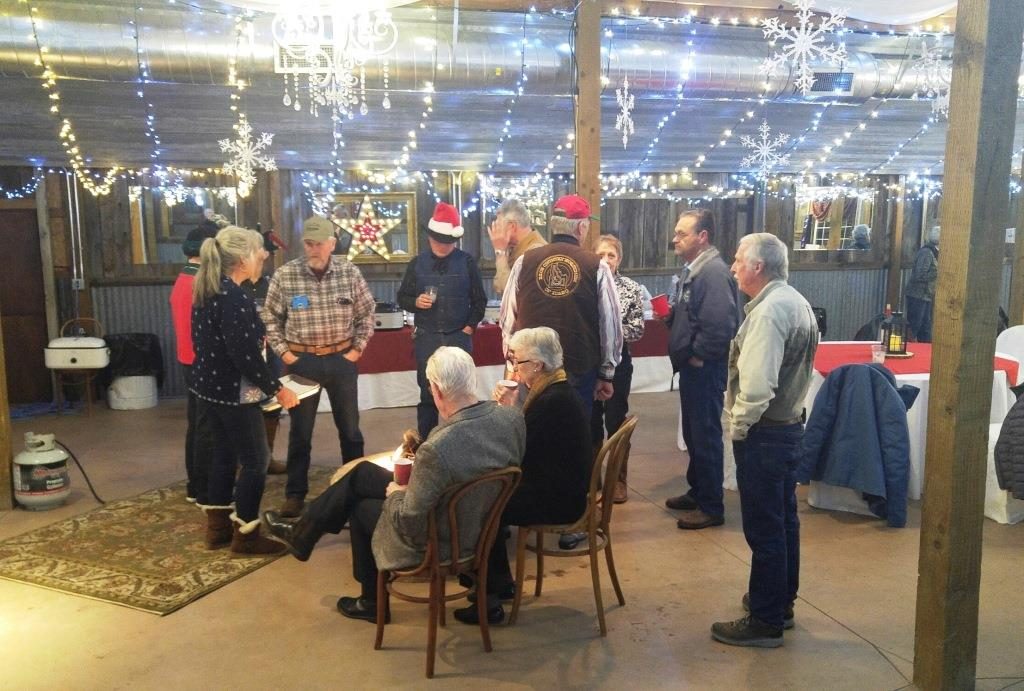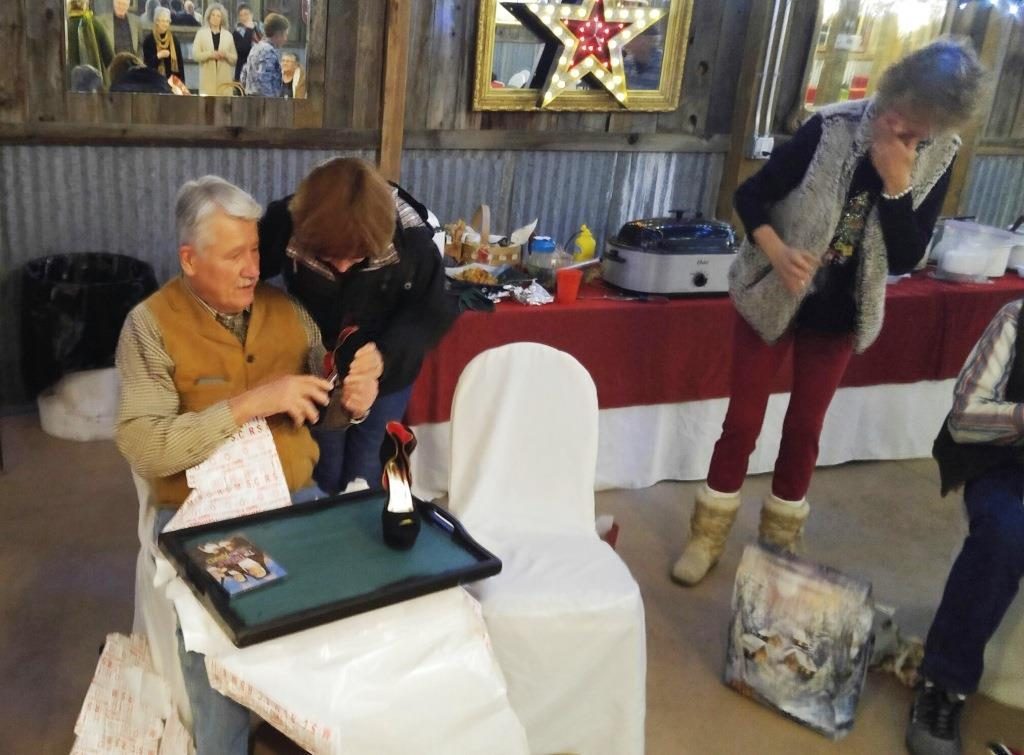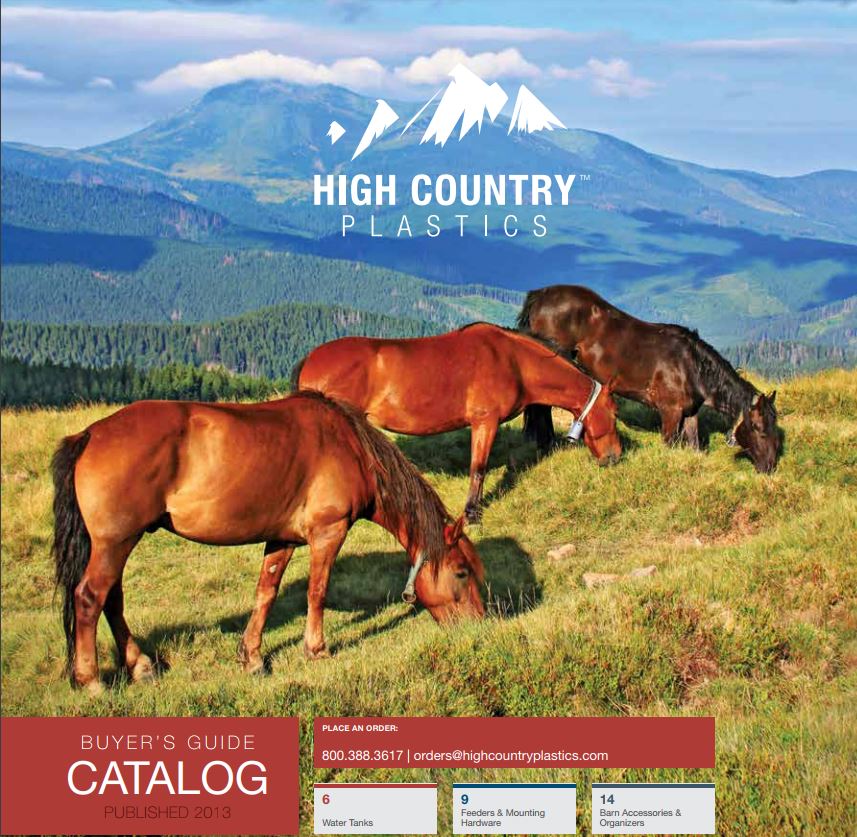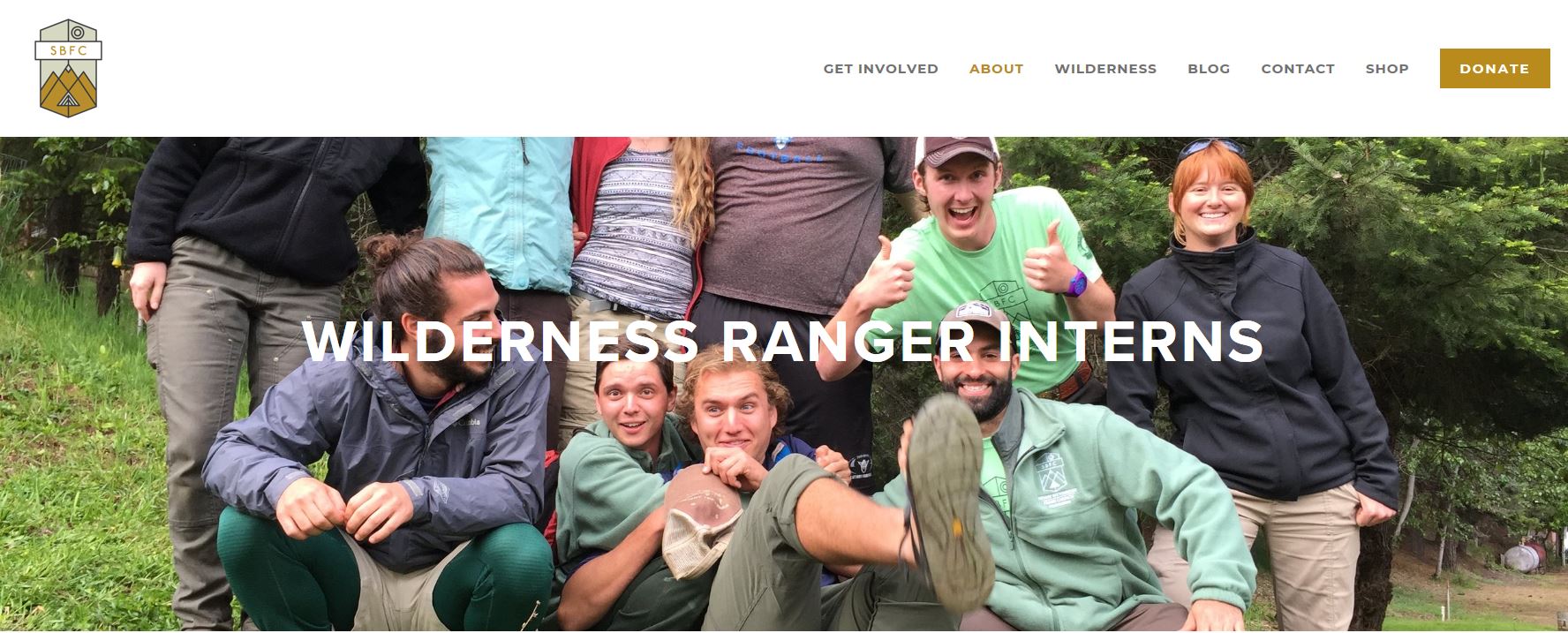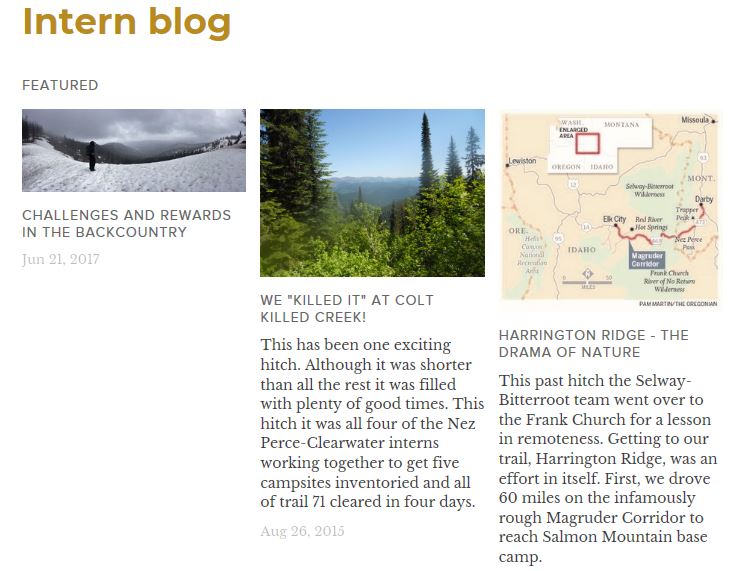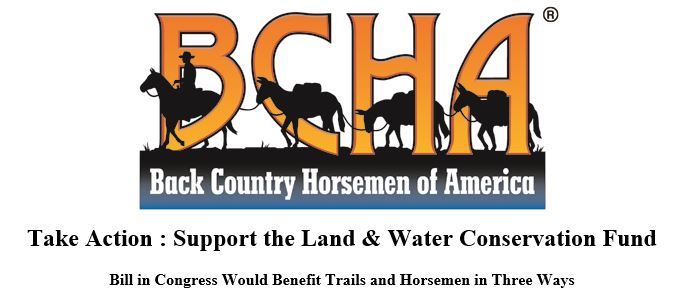By FRANKIE BARNHILL • DEC 19, 2017
There’s a new push in Congress to allow mountain bikers access to wilderness areas.
Last week, a house committee approved a measure that would amend the Wilderness Act. The bill would allow mountain bikes in wilderness areas, setting up another legislative battle about shared use on public lands.
The Wilderness Act of 1964 has allowed the protection of millions of acres across the United States. Idaho has several areas within its borders, earning it the title of “the wilderness state.”
But to Craig Gehrke with the Wilderness Society, letting mountain bikers recreate in these areas could erode the purpose of the 53-year-old law.
“These are places we set aside for their primitive nature,” says Gehrke. “And for people to go in and experience them not in a mechanical way but basically on foot or on horseback, kind of a preservation of the first experiences pioneers had in these places.”
Gehrke points out that the law explicitly bars “mechanical transport.”
But some Idaho groups are cheering the bill. The Idaho Statesman reports the president of the Southwest Idaho Mountain Bike Association says the measure would bring younger mountain bikers into the conservation movement.
It’s not clear when the bill may come up for a vote on the House floor, but Gehrke says the Wilderness Society will lobby Congressman Mike Simpson to vote against it.
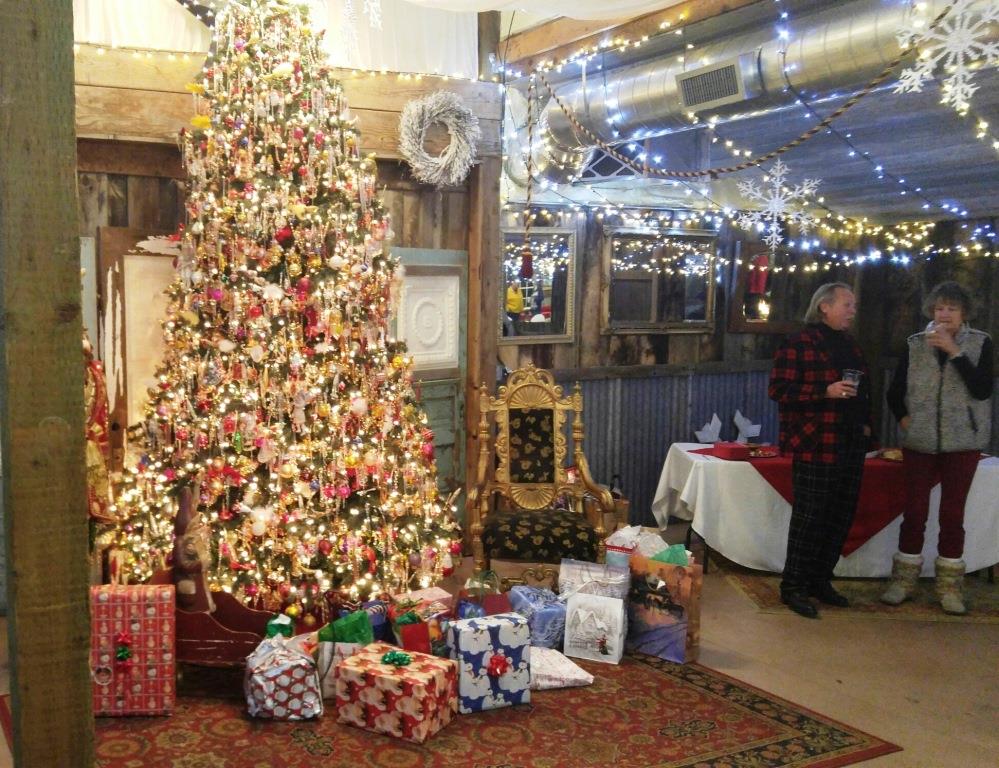 Saturday December 16, 2017 was a good day. Boise States football team came to play at their bowl game and made Oregon fans sit through a painful three hours. After the game, a number of members and guest enjoyed excellent company and great food. Thanks goes to Nancy Smith, Arlynn Hacker & Shannon Schantz for doing all the hard work getting the party organized.
Saturday December 16, 2017 was a good day. Boise States football team came to play at their bowl game and made Oregon fans sit through a painful three hours. After the game, a number of members and guest enjoyed excellent company and great food. Thanks goes to Nancy Smith, Arlynn Hacker & Shannon Schantz for doing all the hard work getting the party organized.
Charles and Lou Ann are checking out the fancy shoes Charles received in the gift exchange.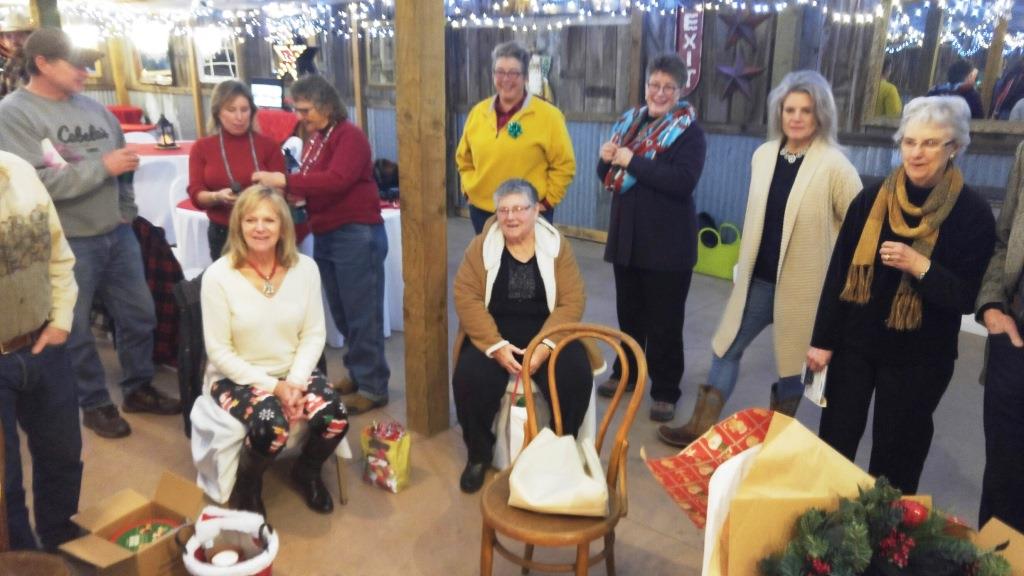
High Country Plastics primary goal is to provide safe and durable products for their customers and animals.
High Country Plastics takes great pride in keeping their product line creative and efficient to save customers time and money.
Our built-to-last products are known for their durability, quality, strength, innovation, warranty, FDA approval, safety, and satisfaction guaranteed – that’s the High Country Way.
For additional information, please visit our Contact Us page and let us know what we can help you with.
From: Equestrian Design Guidebook for Trails, Trailheads and Campgrounds
 |
Back | Next – Return to TOC |  |
Understanding Horses and Mules
In addition to the usual planning considerations, equestrian recreation trails and facilities require attention to the behavior and physical characteristics of horses and mules. The success of horse trails and recreation sites depends on how well planners and designers understand these animals.
An Evolutionary Perspective
Essentially, horses and their kin are prey animals. They developed behavior patterns and physical characteristics over millions of years spent in wide open spaces. Flight is their primary defense. They use their strength, stamina, agility, and speed to escape predators, notably large cats–such as cougars–and wild dogs–such as dingos. Horses and mules constantly monitor their surroundings and are always aware of available escape routes. They may become nervous when routes are narrow or blocked. Horses and mules also prefer to see what they hear or smell.
The Startle Factor
What frightens horses and mules is not always obvious. Anything that moves suddenly or makes an unexpected noise can rouse an animal’s survival instincts and prime it to bolt. This natural reaction–often referred to as a startle reflex–is the result of remarkably acute senses.
Horses and mules have excellent vision, hearing, and tactile senses. They are even capable of feeling vibrations through their hoofs, which often alert them to others long before the rider becomes aware. Horses and mules need a comfortable operating space. When they can see something suspicious from afar, they can more easily evaluate the danger and react accordingly. There is a fine line between what is comfortable for horses and mules and what seems dangerous.
In addition to confined spaces and predators, things that can startle a horse or mule include:
- Loud or unexpected noises–Buzzing model airplanes, exploding firecrackers, batting practice, or a falling tree
- Quick or unexpected movements–Fast-moving bicycles, inquisitive children, running animals, or birds rustling in the underbrush
- Things in unusual combinations–Hikers with large backpacks or vehicles with strange loads
- Highly contrasting or reflective surfaces–A light colored tread near dark soil, freshly cut logs, black or white rocks, or a manmade object in a natural setting
- Unfamiliar situations–Activity at a golf driving range or a train nearby
- Wild or unfamiliar domestic animals–Mountain lions, moose, emus, pigs, or llamas (figure 1-3) Narrow or constricted spaces–Bridges, gates, or tight passages
- Unexpected trail obstacles–Litter, fallen trees, or boulders

Figure 1-3–Anything that appears suddenly, makes an unexpected noise, or is unfamiliar engages a horse’s survival instincts. On the trail,
horses and mules are particularly wary of llamas, hikers with bulky backpacks, and bicycles.
So, what happens when horses and mules are startled? They have a range of responses, from remaining calm to becoming severely frightened. The more conditioned the animal is to uncomfortable situations, the more likely its response will be subdued. When something makes it nervous, an animal may dance around, inadvertently step on things, or balk. Horses or mules that are severely unnerved may run, jump, spin, or do a creative combination of all these things. When horses and mules feel the need to protect themselves, they may kick, bite, or strike. Experienced riders can hold a well-trained animal in check under most circumstances. There is a point, though, where a stimulus becomes so great that even the best conditioning will not override the animal’s innate fight-or-flight instincts.
Trail stock–especially mules–have highly developed memories for pleasure, pain, fear, people, and places. Many trail animals recognize a previously visited location or trail route (figure 1-4). Once a horse or mule has had a particularly unpleasant or painful experience, the animal will try to avoid that location, condition, or object forever. Recreationists in many areas minimize potential conflicts by practicing trail etiquette that favors needs of horses and mules. Chapter 12– Providing Signs and Public Information lists ways to communicate a trail animal’s needs to other trail users.

Figure 1-4–Horses and mules have excellent memories and can easily retrace routes they have traveled in the past. They avoid areas they associate with unpleasant experiences.
2018 Wilderness Ranger Internship
Overview
The goals of the SBFC Wilderness Ranger Intern (WRI) program are to train, educate, mentor and provide employment development opportunities for the next generations of wilderness professionals and provide skilled support to the Forest Service for accomplishing priority wilderness work.
This is a 14-week internship for military veterans and college students doing under-graduate or graduate work in conservation, resource management, wilderness, recreation or related fields. The internship offers 2 full weeks of wilderness skills training—crosscut saw use and certification, hand tool use, stock handling and packing, Leave No Trace and Wilderness First Responder training, followed by 12 weeks working in the Selway-Bitterroot and Frank Church Wilderness areas, with trained wilderness professionals, US Forest Service managers and volunteers.
The WRI will also learn about the Wilderness Act and how it established an overarching framework for wilderness stewardship, what wilderness character is and how to conduct wilderness character monitoring.
In 2018, WRIs will receive an AmeriCorps award.
The application will close on February 16, 2018 at 5pm MST. Apply Now!
Your help needed to ensure that BCH States submit testimony on H.R. 1349. Deadline: No later than noon, Eastern time,Dec. 7th.
Dear BCHA National Board Member,
I seek your help in following through with BCH state presidents to make sure they are able to submit testimony prior to the Dec. 7th congressional hearing on H.R. 1349 (bikes in Wilderness) conducted by the Federal Lands Subcommittee.
As you will see below in an email sent yesterday, state presidents have been provided a template on which to base their state letters. They have been asked to submit their testimony, on BCH state letterhead, via email to brandon.bragato@mail.house.gov. Brandon’s email is for submitting organizational testimony only (i.e., from BCH state or chapter representatives) and is not to be used for individual or personal letters or testimony.
Can you please act to ensure that this important task has been accomplished? And could you please forward to me a copy of the testimony submitted by your state for our records? We will need these letters to use with members of Congress if H.R. 1349 continues to move forward.
Thank you!
________________________________________
December 5, 2017
To: State Presidents and Chairmen
BCH State and Chapter Testimony Needed by Dec. 6, Close-of-Business, to U.S. House of Representatives, Subcommittee on Federal Lands
Dear BCH state and chapter presidents,
This is an updated alert containing a specific email address for sending BCHstate and chapter comment letters(i.e., testimony, not individual letters) prior to theDec. 7 thhearing.
A full template on which to base your state and chapter letter can be found here. HR_1349_TWS_BCHA_Testimony
In addition to any letter you’ve already submitted to your member of Congress, please send a copy of your state and chapter letter using the template to House Subcommittee on Federal Lands professional staff person, Brandon Bragato at brandon.bragato@mail.house.gov.
Please email to Brandon only testimony from your BCH state or chapter.
Include your state/chapter logo at the top of your testimony.
The House Natural Resources Federal Lands Subcommittee will hold a hearingDec. 7 thin Washington, DC, on H.R. 1349. The bill represents an unprecedented assault on the 1964 Wilderness Act, wilderness areas across the country, and poses a significant danger to users of pack and saddle stock.
This issue is among the highest priorities for BCHA. Please email Brandon with your state or chapter’s testimony today!
Freddy Dunn
BCHA National Chairman
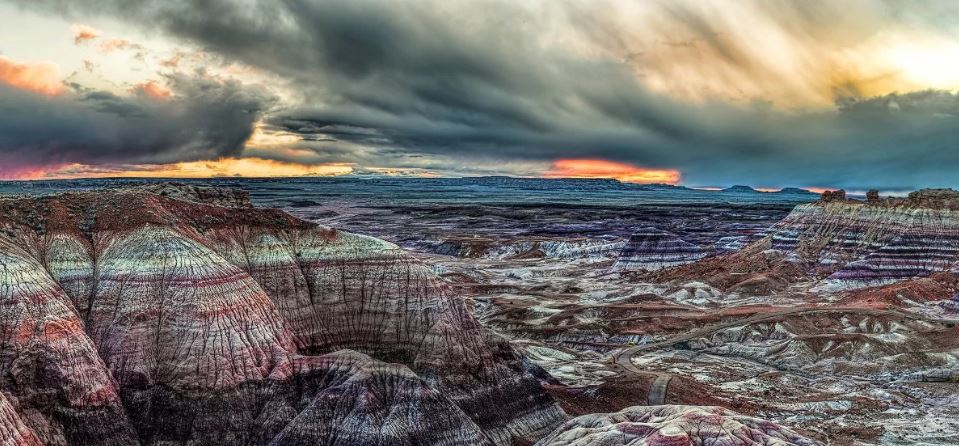 Two bipartisan bills show how the left and the right can converge on public land policy
Two bipartisan bills show how the left and the right can converge on public land policy
Outside Magazine – Jake Bullinger
It would seem Republicans and Democrats are wholly divided on public land policy. During the 2016 campaign, the GOP platform called on Congress to “immediately pass universal legislation” to “convey certain federally controlled public lands to states,” while Democrats sought “policies and investments that will keep America’s public lands public” by prioritizing access and environmental safeguards.
But, believe it or not, some consensus exists. A pair of bills introduced this year—including one that would make it easier to transfer federal land to states—shows that Republicans and Democrats can actually agree on certain aspects of public land management.
The land transfer bill, dubbed the Advancing Conservation and Education Act, was introduced on November 6 in the House by Chris Stewart, a Utah Republican, and Jared Polis, a Colorado Democrat. An identical measure in the Senate is backed by Democrat Martin Heinrich of New Mexico and Arizona Republican Jeff Flake. The bill would allow western states to ask the Department of the Interior to swap state-held trust lands surrounded by federal conservation plots for federal parcels that are easier to develop.
Here’s the issue: Western land is divvied up into a grid of state, tribal, federal, and private ownership. Occasionally state trust lands, which are designated to generate revenue for public schools, are surrounded by national parks, national monuments, or wilderness areas. Consider Arizona’s Petrified Forest National Park. Peppered throughout the park is trust land deeded to Arizona for the purpose of generating money for schools. Arizona has the legal authority to lease those parcels, but running cattle or setting up a pump jack on a 160-acre plot surrounded by stringent national park regulations would be impractical for any rancher or driller. It’s a lose-lose for the state and the feds: Arizona is unable to tap into those dollars, and the national park lacks consistent management within its borders. READ MORE
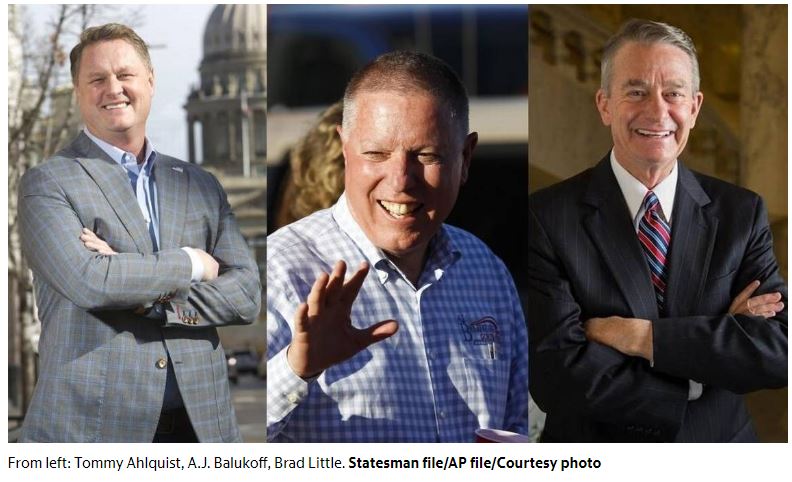 BY CYNTHIA SEWELL
BY CYNTHIA SEWELL
DECEMBER 02, 2017
Three of the contenders to become Idaho’s next governor shared remarkably similar views Saturday on wildlife conservation, fishing, hunting and access to public lands.
In questions posed at a forum at Boise State University, Democrat A.J. Balukoff and Republicans Tommy Ahlquist and Brad Little differed mainly on the handling of the state’s sage grouse management plan, and over the idea of breaching four Snake River dams in Washington state to recover endangered salmon and steelhead populations.
Ahlquist Clarifies Breaching Dams Stance After Forum (Dec 15, 2017)
The forum was sponsored by the Idaho Wildlife Federation and 17 other sportsmen and wildlife groups. Each candidate spoke separately for about 30 minutes to a crowd of about 100 people clad in flannel, jeans and camo.
The three have quite different backgrounds: Little, a native Idahoan, is a longtime politician and rancher who currently serves as Idaho’s lieutenant governor. Ahlquist is a doctor, developer and political newcomer best known for recent Boise projects such as the Eighth & Main building. Balukoff is a CPA, businessman and longtime trustee on the Boise school board who ran unsuccessfully against Gov. Butch Otter in 2014.
Absent among the leading candidates was Republican Congressman Raul Labrador, who declined to participate. That garnered a chorus of hisses and boos from the audience.
“We do have a spot reserved for him right up front in case he shows up,” said Brian Brooks, Idaho Wildlife Foundation executive director. “So, if you see him, would you please direct him to his empty seat.”
Some topics that each of the three addressed:
Hunting and fishing: All three said they are outdoorsmen and hold Idaho hunting and fishing licenses. Ahlquist talked about fishing last week with his father-in-law. Balukoff discussed getting his annual wild turkey and a recent failed antelope hunt. Little recounted how for four generations, his family has held an annual upland bird hunt.
Public lands: The candidates said they are not in favor of the state taking ownership of federal land in Idaho, mainly because it would be too cost-prohibitive. But they do want the state to have more of a role in how federal land is managed, and better public access to federal lands.
“Thirty-three million acres is a lot of land,” said Balukoff. “There is enough space to meet needs. If we want wild and scenic areas that are primitive … (or) areas we can designate for use of ATVs – there is room to do multiple uses on our public lands.”
Salmon and steelhead recovery: All agree the federal plan in play for the last 25 years is failing.
“Our rural communities need this industry,” Ahlquist said. “We need to figure this out. … We need to protect Idaho’s interests, Idaho industries, Idaho fish.”
Wildlife management: Political leaders need to listen to professional wildlife managers and biologists. And, all three said, the Idaho Fish and Game Commission should not be politicized.
Endangered species: The candidates said we should follow the advice of biologists and wildlife managers to ensure that Idaho keeps sustainable populations to avoid federal intervention.
The candidates did have a few differences on issues.
Breaching Snake River dams: Ahlquist and Balukoff said they would consider it as a possibility. Little said he would not, but he would consider looking at how that water is managed, including adjusting flows or releasing more water over spillways instead of through turbines.
Sage grouse: All agree that any management plan needs to be collaborative. Ahlquist and Balukoff do not support Idaho’s efforts to fight an Obama-era grouse management plan in court. Little said such an action sometimes is necessary if the federal government does not uphold its end of the deal.
The entire 90-minute forum can be viewed on the Idaho Wildlife Federation’s Facebook page.

